Good graphic design has the power to provoke action or change through the clever use of striking visuals. Perhaps, no more was this more evident than when former US President Barack Obama’s election campaign modified a poster designed by Shepard Fairey to capture the sentiment of the masses. According to The Guardian, so effective was this poster that it helped secure the nomination for the senator.
14 years on, graphic design trends continue to impact audiences, evolving in response to previous years — and the year 2023 is no different. To truly understand the direction in which this field has evolved over the last few months, here are some of the trends that graphic designers need to keep their stylus on:
- Mystic Surrealism: A sense of mystic and ethereal-like quality keeps this trend apart from the rest mainly due to the surrealistic and dreamy effect it creates. Played with pastel and muted colors, the graphic designer can emulate an otherworldly atmosphere by arranging the composition to create a sense of calm and relaxation through its soft and comfortable textures. It keeps the viewer intrigued by the still and quietness of the design.
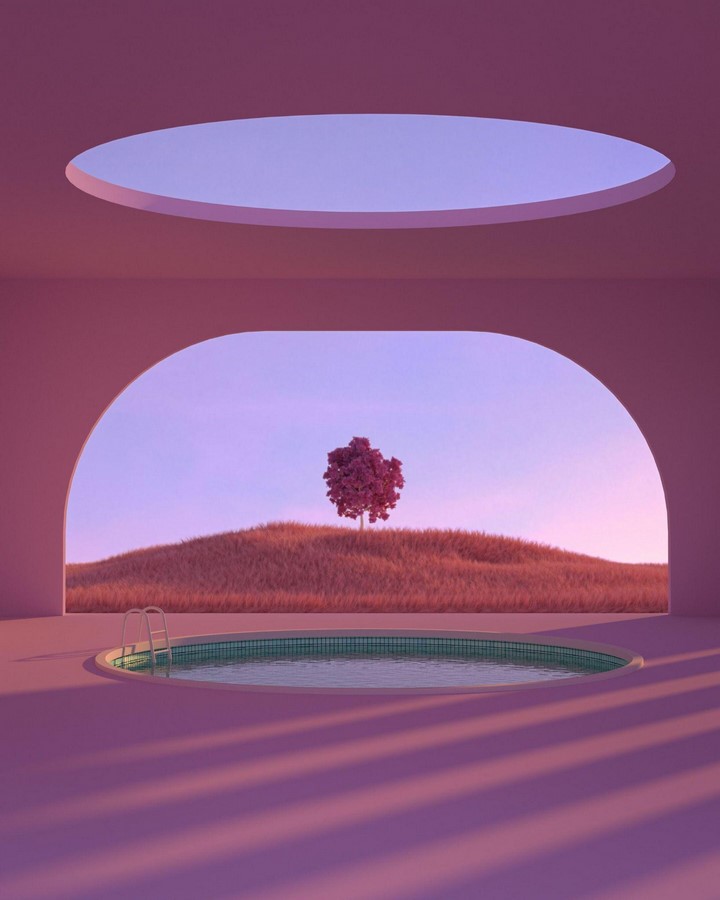
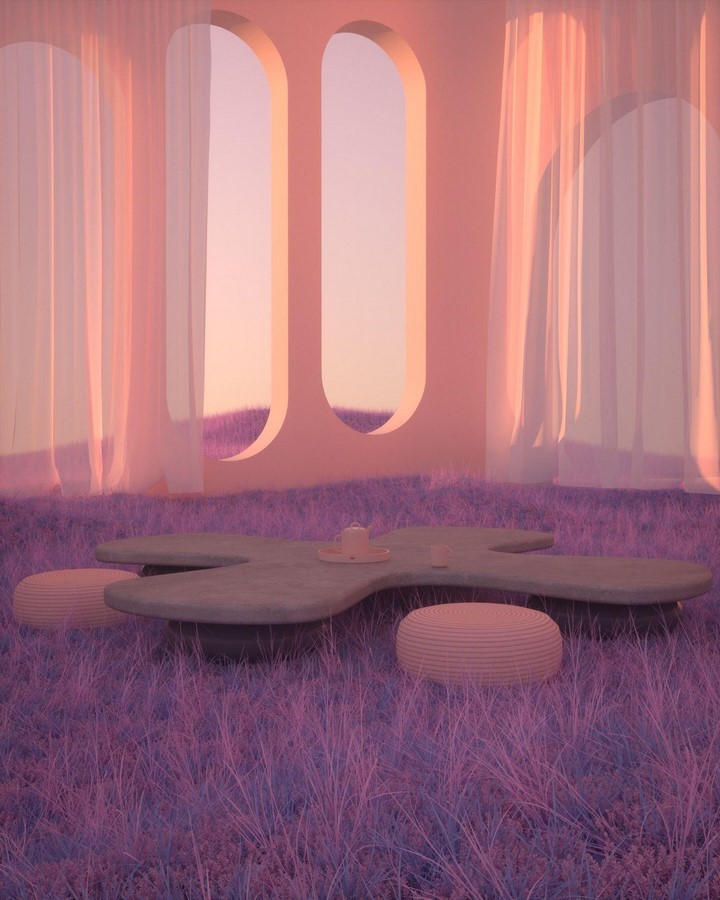
- Vintage Minimalism: Clear, crisp layouts are not ‘boring’, and are quite effective in conveying the message. Graphic designers can use this style to strip away unnecessary frills while keeping the colors and visuals simple, thereby creating a nostalgic yet timeless approach. This is very helpful when designing reports, data visualizations, website layouts, etc. This blunt approach has a no-nonsense style that lets one immediately understand the content easily. The use of simple fonts and muted or pastel colors creates a balance between the past and present.
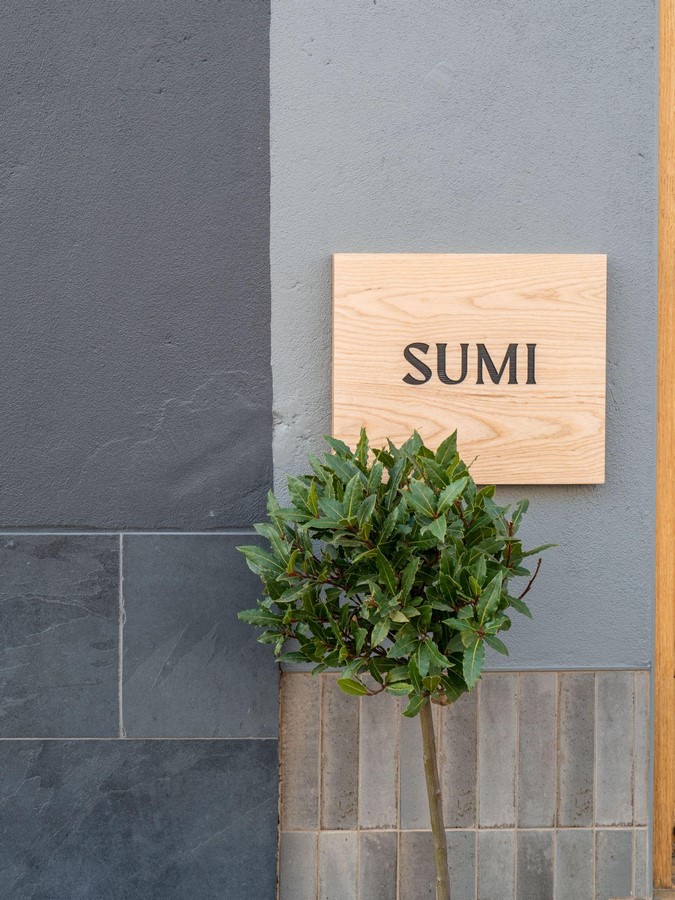
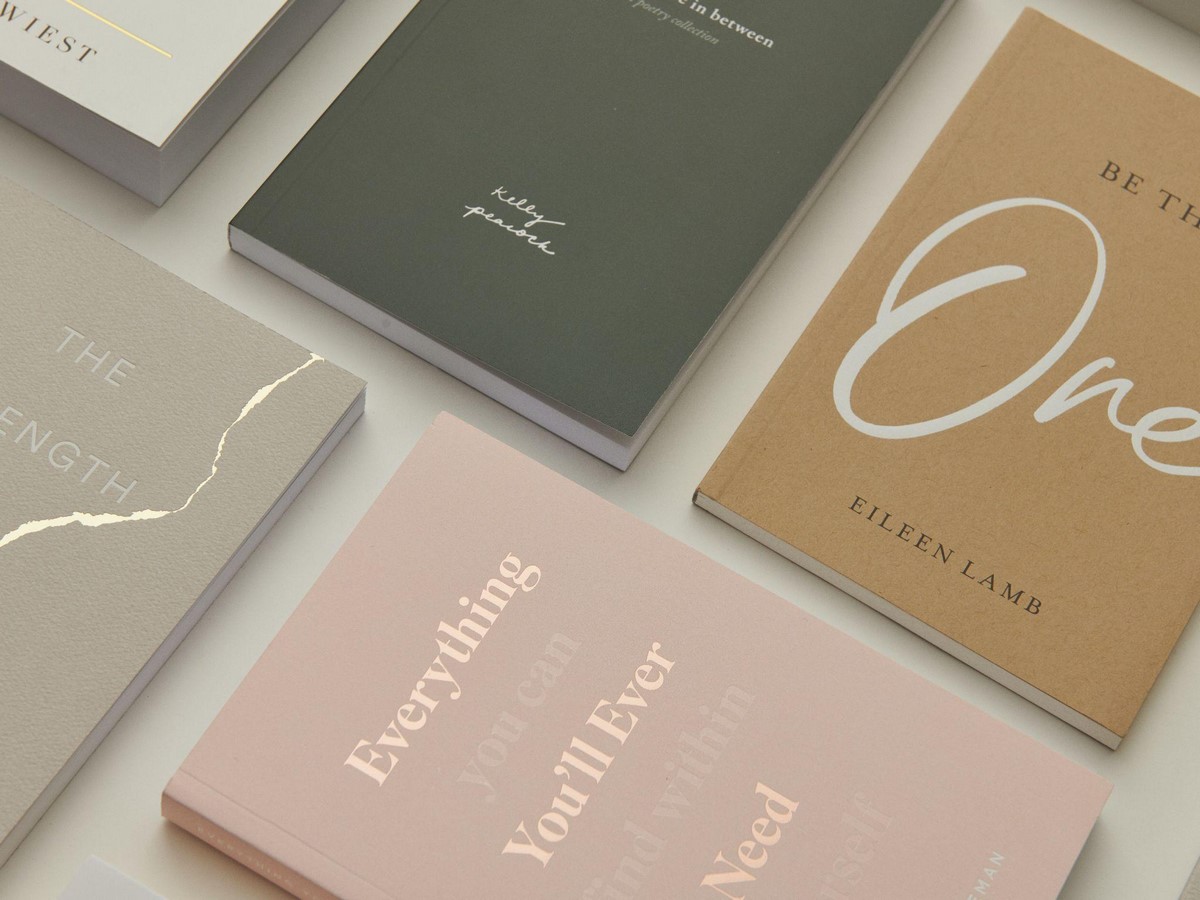
- Futuristic Retro: The 90’s retro style is a regular visitor in the hall of style. With its contrasting colors and nostalgic feel, this trend used with a modern twist sets apart the visual compositions. From vintage banners and pop-ups to rustic fonts and deep shades, this trend helps to create a connection with the past.
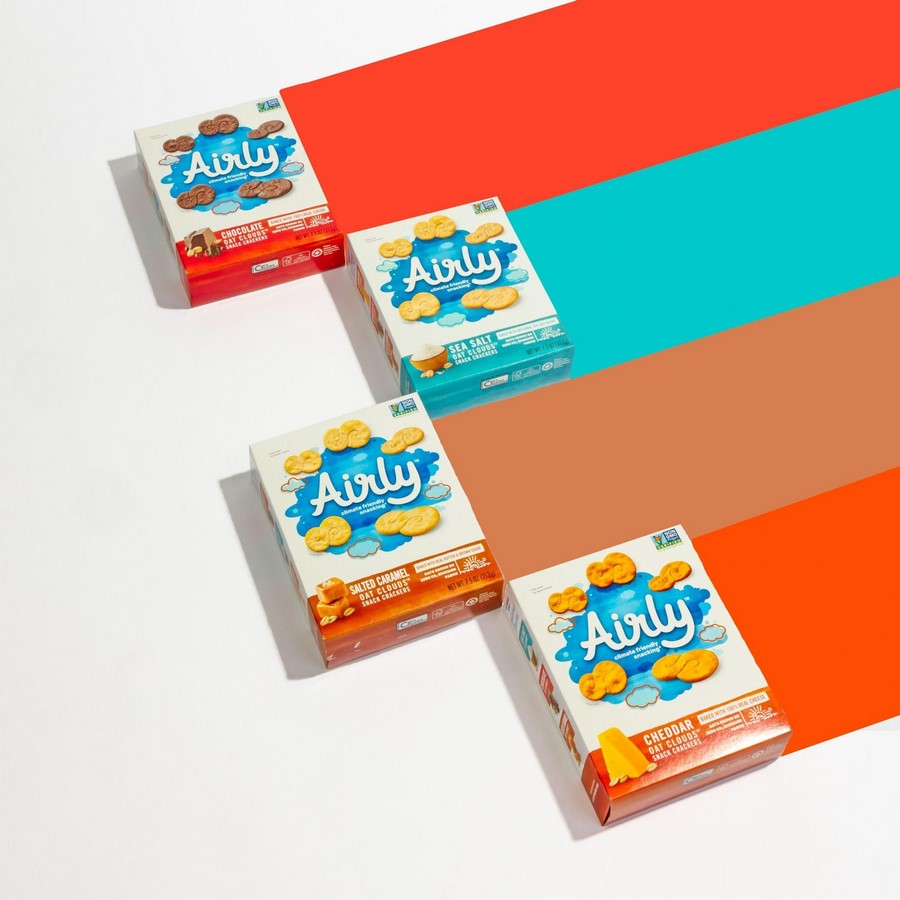
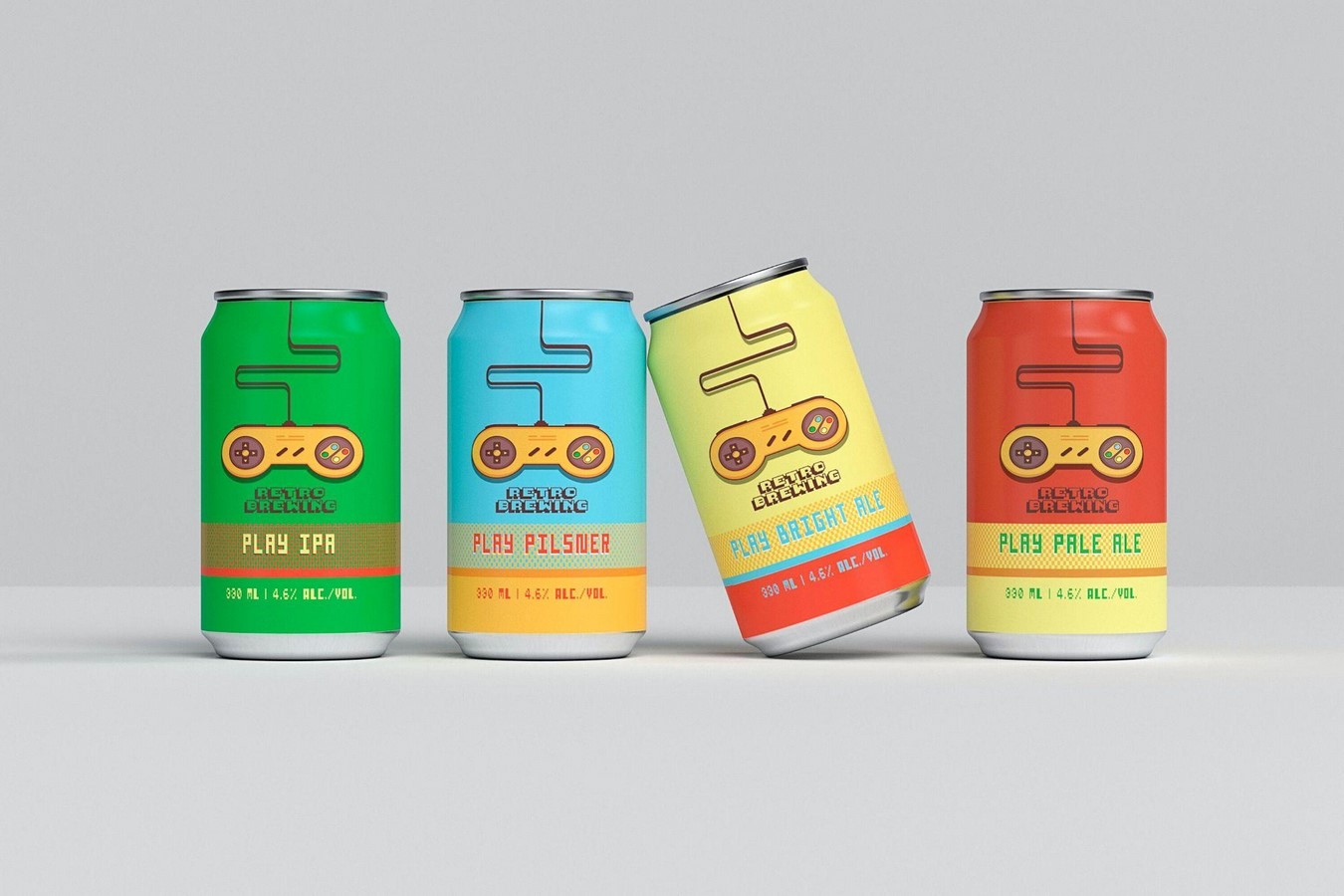
- Maximalism: Bold, unashamed, and in-your-face typography, this trend moves away from what is standard. Though at first, it might seem a bit too much, the proper arrangement of fonts with the overall composition makes the viewer appreciate the different layers of the image for an unforgettable visual.
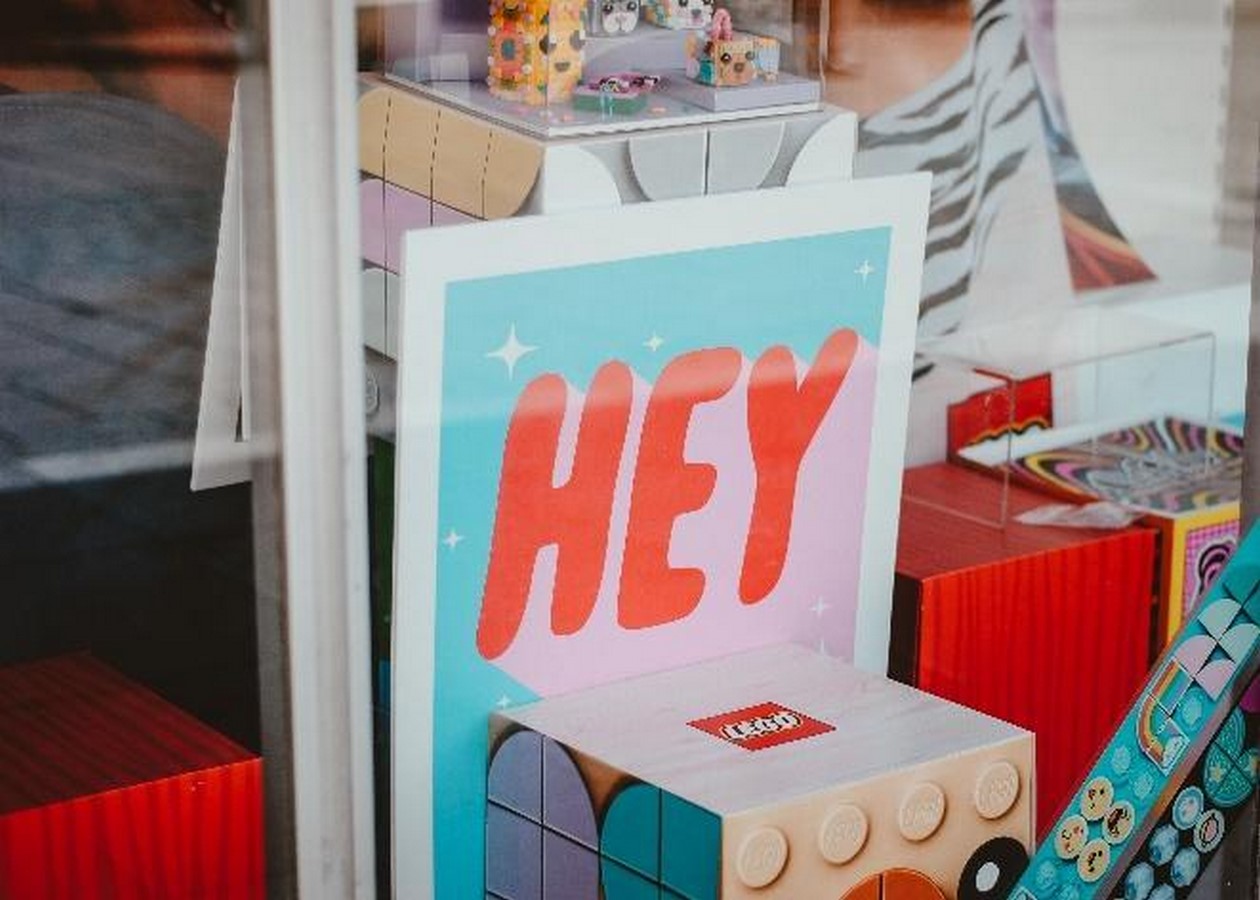
- Life-like: Graphic designers are known to have a playful side to them and this is true with this trend where they can create images that are so realistic that they jump out of the page. From material boards to packaging, graphic designers can use textures that make you want to touch the visuals. From grainy, rustic, and smooth surfaces to silky, and liquidy forms, this trend plays with one’s sense of touch and sight, creating a sensory experience for the viewer.
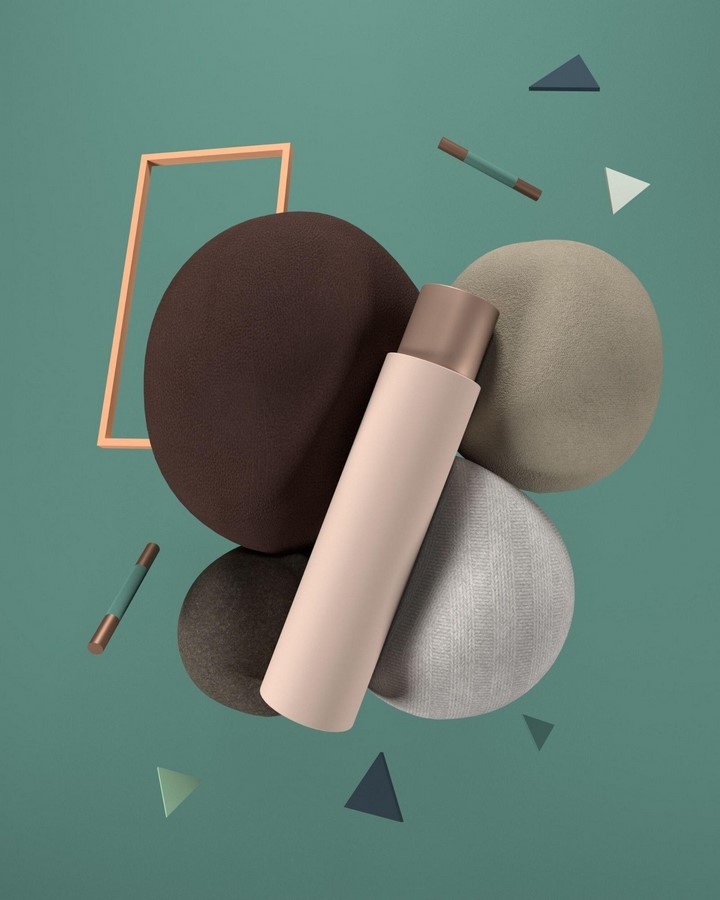
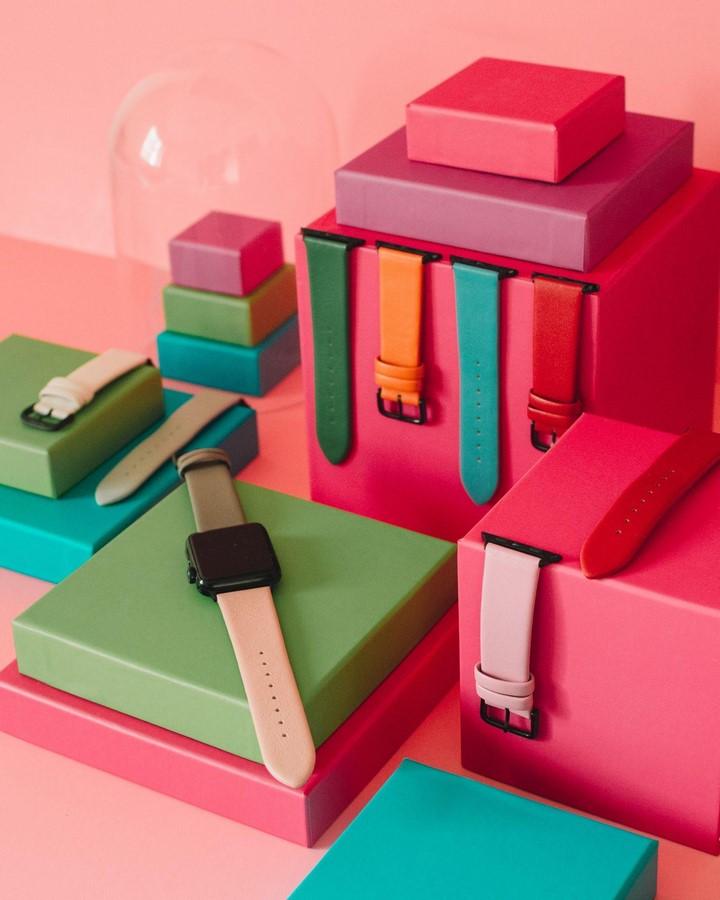
- Sustainability: Present-day concerns for the environment is a trend that has found its way into graphic design as well. Seen especially in product design, where the use of packaging, furniture, and accessories are used, the compilation of textured, recycled backgrounds and the use of earthy color tones help inspire a sense of responsibility for Mother Earth. The incorporation of natural and organic forms of elements creates a connection to nature, bringing out the qualities of the environment that we strongly resonate with.
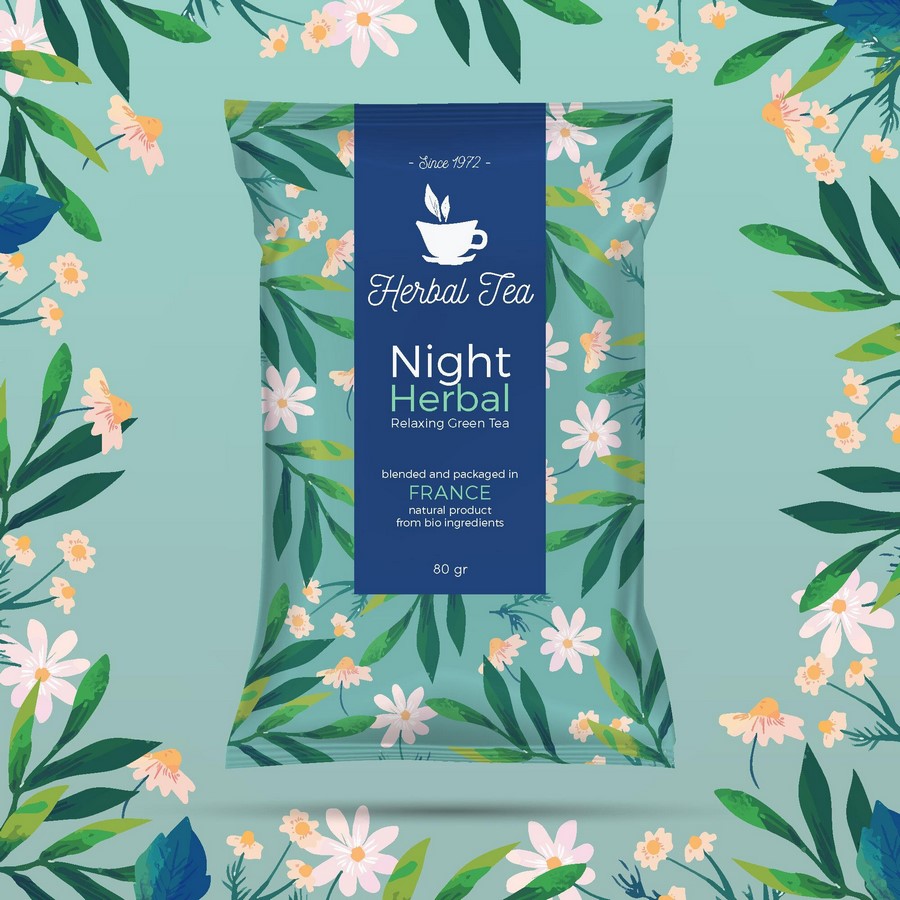
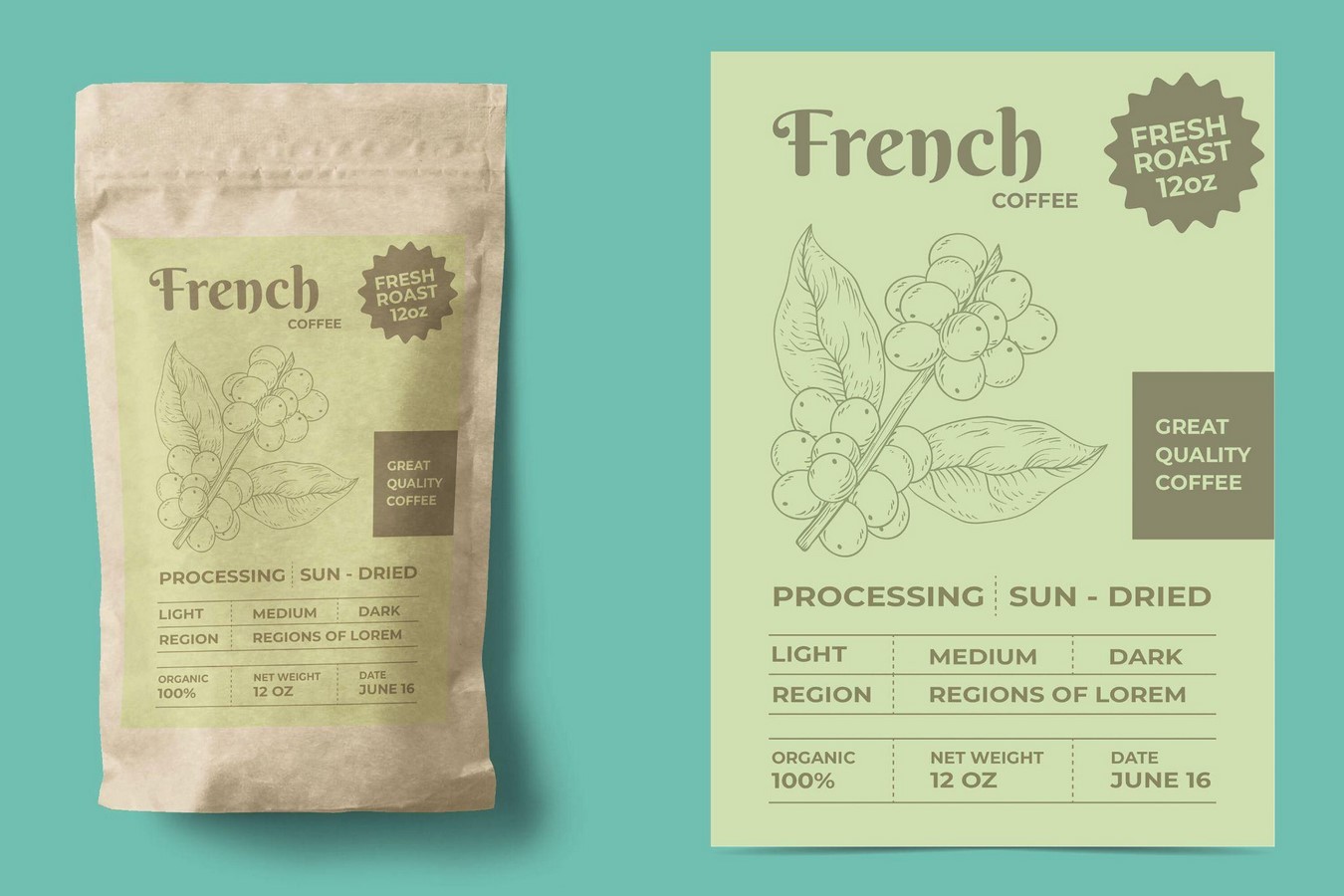
- Experimental typography: Today, graphic designers can use new tools and programs are able to create unique personalized typography. This helps to create a personal and branded touch, especially for companies and entrepreneurs looking to create a distinct sense of identity. Another special quality of this trend is that the play of typography also helps viewers to make connections to culture, symbolism and social representations.
- AI – Artificial Intelligence has been the biggest game changer for graphic designers today. From ChatGPT to MidJourney, the use of such tools has essentially equipped graphic designers with a magic wand to create illustrations and imagery that go beyond imagination. Many design tools which have integrated AI, such as, Photoshop now allow the designer to create endless possibilities from a simple sketch. One can use placeholder texts for mockups as well as create an entire children’s storybook in no time.
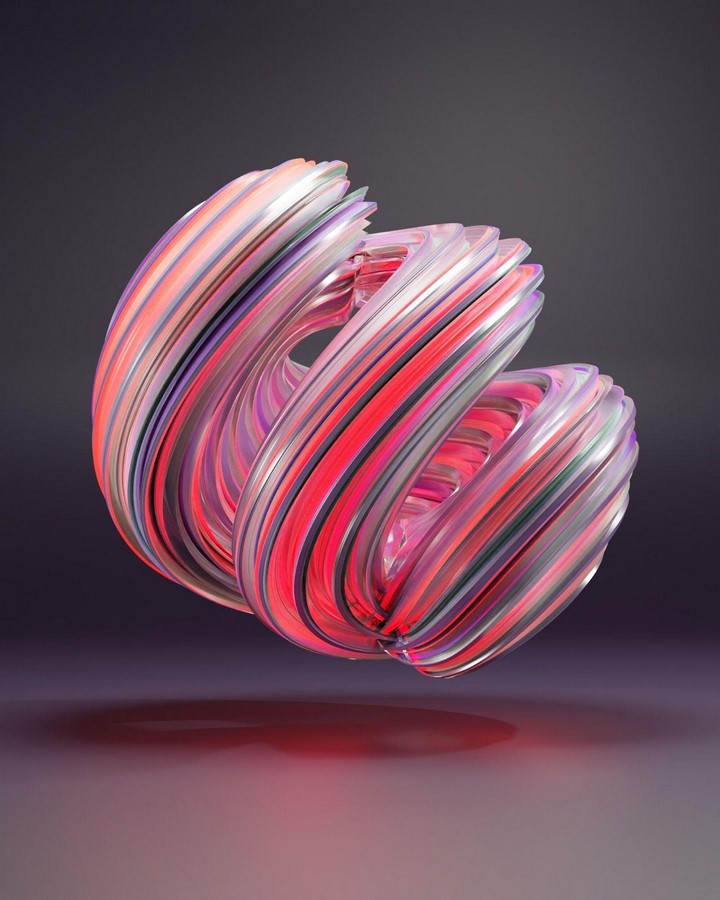

They do say that trends come and go, but good design will always remain, which is especially true here. However, with the influx of AI, there is a level of discomfort in the design industry regarding the value and authenticity of the design created by technology. This does not need to be viewed entirely negative. Though the sense of the design process seems to be alarmingly simplified now, graphic designers can work alongside AI as it helps save time. The possibility of creating alternatives will give them more room to understand what works and what does not. Sometimes, visualizing a concept can be a very daunting process and can take more time than desired, especially with looming deadlines. Instead of fighting against AI, it would be profitable if graphic designers embraced this trend and used its power to bring the language of design closer to home.
Citations for websites:
Lansonneur, L. (2020) 10 emerging artists enriching surrealist art, The Artling. Available at: https://theartling.com/en/artzine/emerging-surrealist-artists/ (Accessed: 14 October 2023).
Iconic posters that signalled a movement – poster child for a Cause (2018) The Economic Times. Available at: https://economictimes.indiatimes.com/magazines/panache/iconic-posters-that-signalled-a-movement/poster-child-for-a-cause/slideshow/63169071.cms (Accessed: 14 October 2023).
























